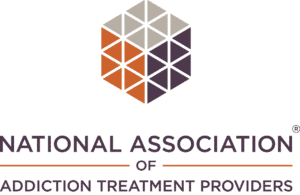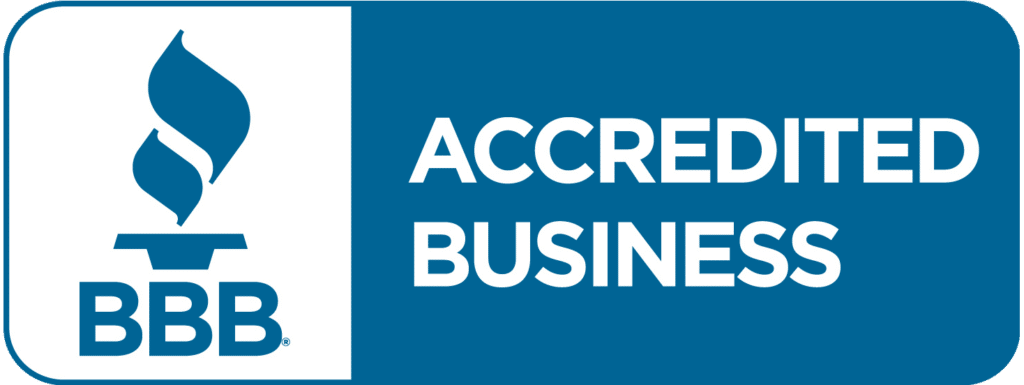Abuse, in its various forms, has profound impacts on mental health, with depression being a common consequence. Whether it’s financial abuse, physical violence, or sexual exploitation, understanding how abuse leads to depression is crucial for both victims and those around them. This blog explores this complex relationship, delving into research and expert insights to provide a deeper understanding.
Understanding Abuse and Its Types
Abuse encompasses physical abuse, sexual violence, emotional harm, and psychological abuse. It often occurs within relationships of power and control, leaving deep scars on victims’ mental and emotional well-being. Common forms of abuse, such as domestic violence and intimate partner violence, can leave lasting physical symptoms, emotional distress, and psychological maltreatment. Each type of abuse, including technological abuse and digital abuse, contributes to a heightened risk for depression and other mental health concerns.
Highlighted Forms of Abuse:
- Physical Violence: Includes hitting, slapping, or any form of physical harm.
- Emotional Neglect: Failure to provide emotional support, leading to feelings of worthlessness.
- Psychological Aggression: Such as threats and manipulation, impacting emotional health.
These experiences often result in traumatic events, bodily injury, and mental distress, which have far-reaching consequences for emotional and physical health.
The Psychological Toll: How Abuse Affects Mental Health
Emotional Distress
Victims of abuse often experience intense emotional distress, including feelings of fear, shame, and guilt. These negative emotions can lead to a persistent sense of worthlessness and contribute to major depression. Abusive behavior, such as constant criticism and reproductive coercion, especially during childhood abuse, can exacerbate feelings of sadness and guilt, increasing the prevalence of depression.
Cognitive Impact
Abuse can distort one’s perception of self-worth and safety, leading to negative thought patterns. This cognitive impact includes a heightened risk for depression and the development of adult psychiatric conditions such as bipolar disorder and generalized anxiety disorder. Stressful life events, especially those involving abusive partners or signs of abuse, can lead to a significant difference in mental health outcomes compared to individuals without such histories.
Trauma and PTSD
Many abuse survivors develop post-traumatic stress disorder (PTSD), which can manifest in symptoms such as flashbacks, hypervigilance, and avoidance behaviors. Traumatic experiences and chronic pain from past abuse can lead to comorbid anxiety and exacerbate symptoms of depression. Childhood trauma and child sexual abuse are significant factors influencing the development of PTSD.
Does Abuse Lead to Depression?
Abuse is strongly correlated with the onset of depression. Research indicates that individuals who experience abusive situations, particularly during childhood or adolescence, are at a significantly higher elevated risk of developing depressive disorders later in life. The prolonged exposure to trauma, constant monitoring, and emotional distress rewires the brain’s responses, predisposing individuals to mental health challenges.
Key Factors Influencing the Link Between Abuse and Depression
Age of Onset
Abuse experienced in early life stages can have enduring effects on brain development and emotional regulation. Types of child abuse, including physical restraint and non-consensual sexual acts, often lead to a higher prevalence of depression and other mental disorders in adulthood. Adverse childhood experiences significantly impact emotional health and developmental outcomes.
Duration and Severity
The longer the duration and the more severe the abuse, the higher the likelihood of developing depression. Persistent forms of maltreatment, such as corporal punishment and verbal abuse, contribute to an increased risk for depression. The consequences of childhood maltreatment are well-documented in studies, particularly regarding previous statements made about the enduring emotional harm suffered.
Support Systems
The availability of supportive relationships and access to mental health resources can mitigate the impact of abuse on mental health outcomes. Protective factors, such as parental warmth and supportive environments provided by family, friends, and community organizations, play a crucial role in reducing the negative impact of abuse.
Psychological Mechanisms at Play
Learned Helplessness
Victims of abuse may internalize a sense of helplessness and hopelessness, contributing to depressive symptoms. This pattern of behaviors used by abusers often leads victims to feel powerless, creating a vulnerability to depression.
Self-Esteem Issues
Persistent abuse can erode self-esteem, making individuals more susceptible to depressive thoughts and behaviors. Feelings of worthlessness and low self-esteem are common symptoms associated with abusive relationships and depression.
Maladaptive Coping
Some survivors may resort to maladaptive coping mechanisms such as substance abuse or excessive texting in attempts to manage their emotional pain. These coping mechanisms, though often detrimental, are commonly used to deal with emotional trauma and further exacerbate depressive symptoms.
Seeking Help: Breaking the Cycle
Recognizing the signs of abuse and seeking appropriate support are essential steps in breaking free from the cycle of abuse and depression. Social withdrawal and a loss of pleasure in activities are common symptoms among survivors, making it crucial to seek help.
Therapeutic Interventions
Cognitive-behavioral therapy (CBT), trauma-focused therapy, and support groups can help survivors process trauma and develop healthier coping strategies. These treatment methods are essential for addressing the psychological impact of abuse, including cases of sexual coercion and institutional abuse that may require prescribed medications or follow-up treatments.
The Role of Social Support and Community Resources
Family and Friends
Encouraging open communication and offering non-judgmental support can empower survivors to seek help. Non-judgmental family support and legal protection are vital for recovery and resilience.
Community Organizations
Non-profit organizations and shelters provide safe havens and comprehensive support services for abuse survivors. These resources can include access to financial control assistance, medical care, and legal protection.
Addressing Misconceptions and Stigma
Victim Blaming
Challenging myths and misconceptions that blame victims for the abuse helps shift societal attitudes toward empathy and understanding.
Cultural Sensitivity
Recognizing cultural factors influencing perceptions of abuse encourages inclusive support strategies.
FAQs
What is the understanding of abuse?
Abuse is any action that intentionally harms or injures another person. It can take many forms, including physical, emotional, sexual, and psychological harm. Abuse can occur in various settings, such as homes, workplaces, or institutions, and can affect individuals of any age, gender, or background. Recognizing the signs of abuse is crucial for prevention and intervention.
What are the 10 types of abuse?
The 10 types of abuse include physical, emotional, sexual, financial, digital, neglect, psychological, verbal, cultural, and spiritual abuse. Each type involves different harmful behaviors, such as physical harm, manipulation, control, or exploitation, impacting the victim’s well-being and autonomy. Recognizing these forms is crucial for prevention and support.
What are the 5 powerful self care tips for abuse and trauma survivors?
1. Prioritize your physical health by maintaining a balanced diet, regular exercise, and sufficient sleep.
2. Establish a support network of trusted friends, family, or support groups.
3. Practice mindfulness and relaxation techniques to manage stress and anxiety.
4. Set boundaries to protect your emotional and mental well-being.
5. Engage in activities that bring joy and fulfillment to nurture your spirit.
How to reply when someone abuses you?
Stay calm and composed. Responding with anger can escalate the situation. Set clear boundaries by expressing that the behavior is unacceptable. Use assertive communication to convey your feelings without aggression. If necessary, remove yourself from the situation to protect your well-being. Seek support from friends, family, or professionals if the abuse continues.
How do you deal with people who abuse you?
Set boundaries and communicate clearly. If the behavior continues, consider limiting contact or seeking support from friends, family, or professionals. Prioritize your well-being and safety. If necessary, involve authorities or legal measures to protect yourself. Remember, it’s important to take care of your mental and emotional health in these situations.
What does verbal abuse look like?
Verbal abuse can manifest as name-calling, insults, or derogatory remarks aimed at belittling or demeaning someone. It may involve yelling, screaming, or using a harsh tone to intimidate or control. Verbal abuse can also include gaslighting, where the abuser makes the victim doubt their own perceptions or feelings. It often involves constant criticism, humiliation, or threats, creating a toxic environment.









